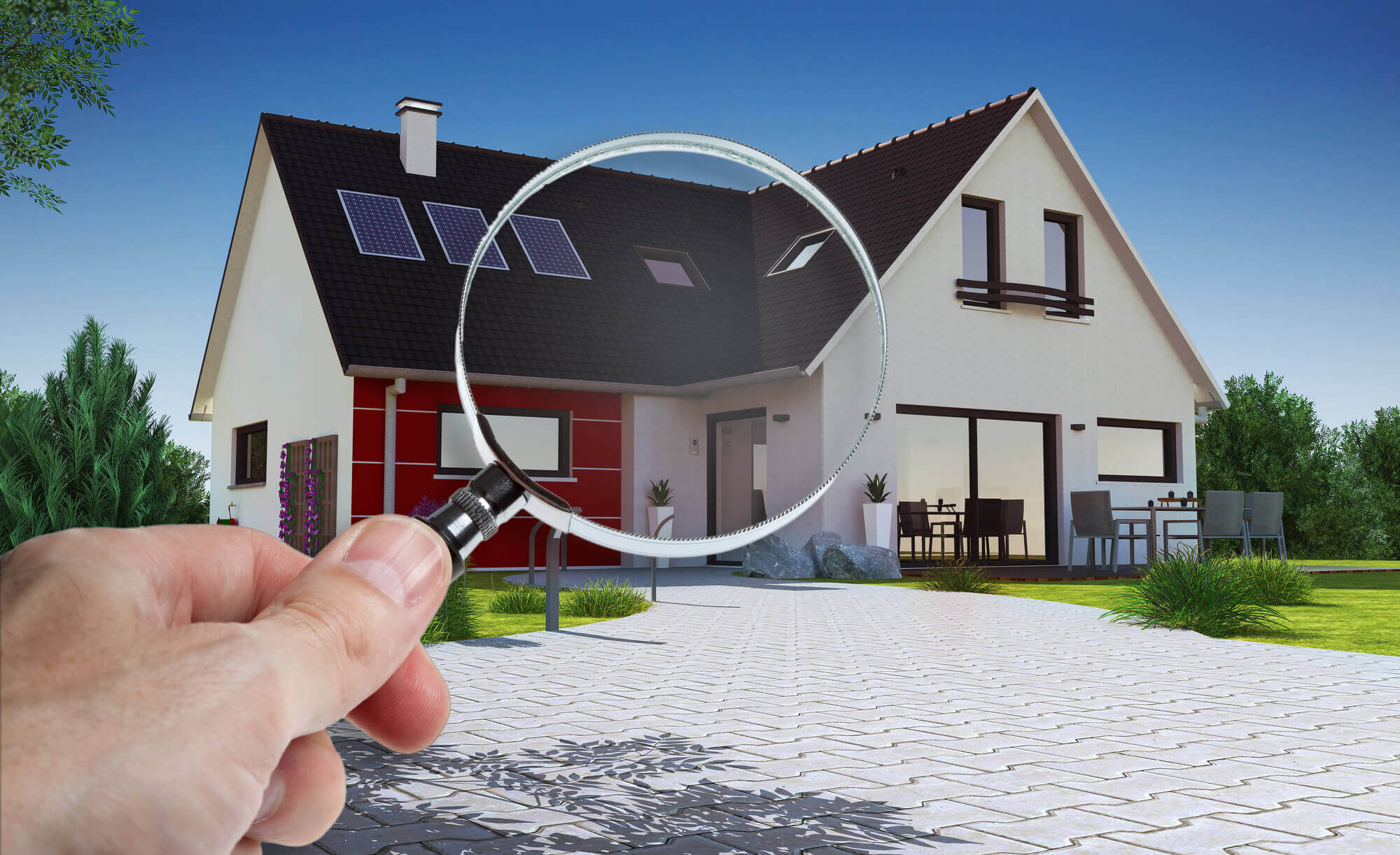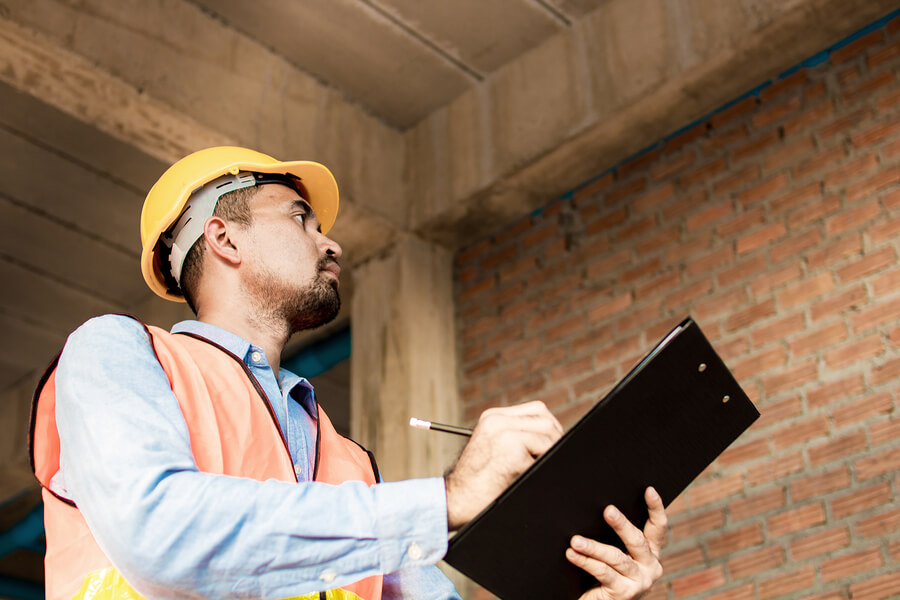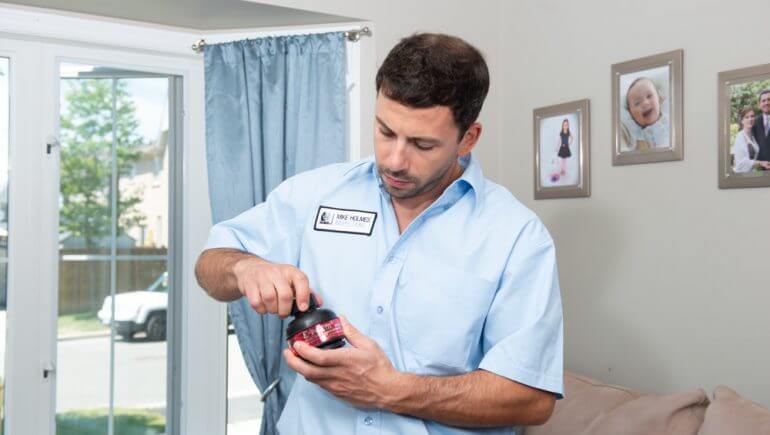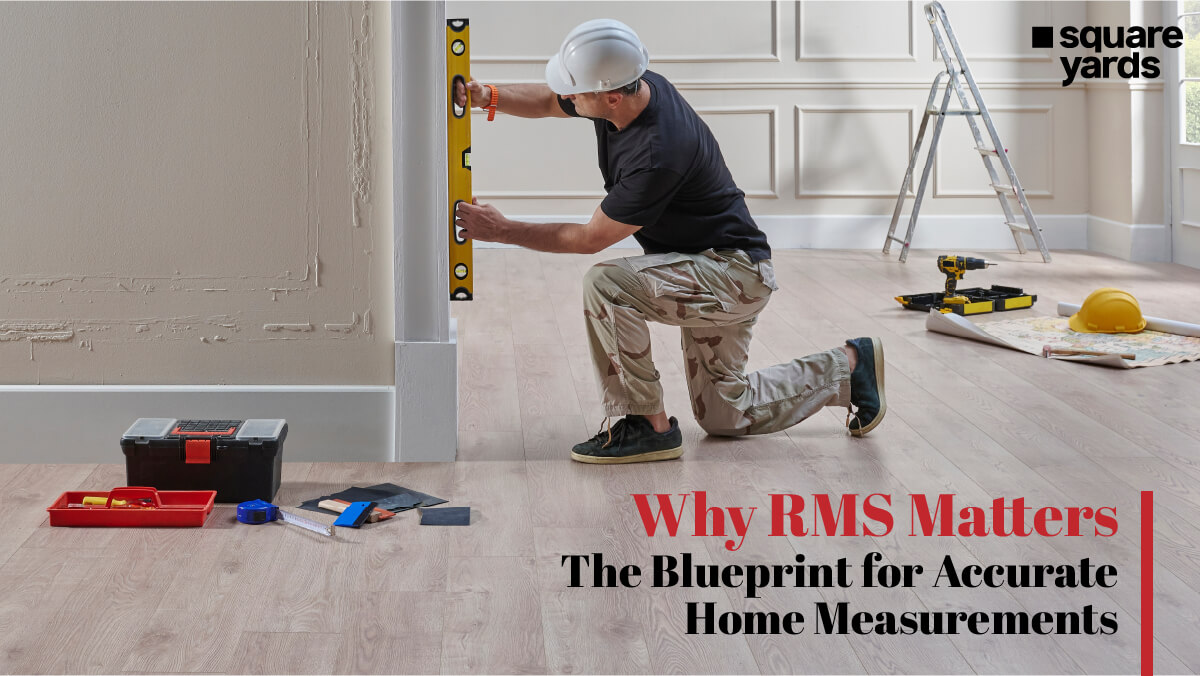A common saying that goes unheard, “Precaution is better than cure”, is something that has hit a boatload of people. And this statement stands true to its worth for an unseen spike in the radon gas level in the house. But wait, before we talk about radon testing detection or anything else, do you know about a gas named radon? if not, then you’re not alone. The world’s dwellings contain a lot of radon, a gas that is tasteless, odourless, and colourless. Following cigarette smoking, it is the second most common cause of lung cancer. Indeed, radon is to blame for much more than the 21,000 fatal cases of lung cancer per year in the US.
Radon gas can easily seep into your home via wall cracks and openings in the foundation and floors of the house. Nevertheless, because it is odourless, the only way to judge its presence in a property is if you conduct a radon testing procedure. everything you need to know about radon testing will be covered in this article, including what radon is, how it enters your house, how to test for it, and why it is crucial.
How Does Radon in a House Work?
Radon, a radioactive gas, emerges from the natural decay of uranium into the soil, which happens more commonly than water and rock. Radon can infiltrate your home through gaps and fissures in the establishment, walls, and floors when it is discharged into the air.
In What Way Does Radon Gas Enter a House?
From the soil, radon gas enters a building. The worst points of entry for radon are holes in walls and floors, despite the fact that it can directly infiltrate through concrete pores. Any home, regardless of its age or location, may have high radon levels. It actually depends on how your particular house comes into contact with the earth in the area. The amount of radon in your neighbour’s home may be much different from yours.
How Can I Test My Home for Radon?

You can can conduct radon gas inspection by following below mentioned steps:-
-
- Opt for a verified and reliable test kit.
- Select an optimum place for radon testing.
- Leave the test in the opted place for 90 or more days.
- Send back the test to the lab and then wait for credible radon test results.
- Take instant action if the lab results show higher levels of radon.
Why is it Important To Have A Radon Test?

There are numerous reasons why radon testing is crucial in a house:
-
- The levels of radon can vary within a huge gap between neighbour houses or even houses in the same locality or street.
- Radon gas is so contagious and is considered as the number one cause for lung cancer in non-smokers.
- The only method to determine the level of radon in your home—which has no taste, colour, or smell—is to do a test.
- Health Canada emphasises the significance of making each homeowner examine their residence, irrespective of whether your neighbourhood is recognised for having high radon levels.
What’s Included in the Kit for Testing Radon?
A radon testing kit usually contains a set of instructions, a radon detector device, and a packaging envelope or box for mailing the detector to a laboratory for analysis. The detector may vary depending on the type of test being conducted, but commonly includes charcoal canisters, alpha track detectors, or continuous radon monitors. Some kits may also include gloves and a sealable bag for additional safety when handling the detector. It is crucial to carefully read and follow the instructions provided to ensure accurate and reliable results.
Different Radon Tests
There are broadly three categories by which you can check the radon gas level in the house, all of which are briefly explained below:
-
- Short-term: Short-term tests are helpful to determine whether additional testing is necessary. The majority use electret or activated charcoal to monitor radon levels for a period of two to seven days. To get the test results, you ship them to a lab. Home centres, hardware stores, and online vendors all provide short-term tests.
- Long-term: Long-term tests track levels for 90 to 12 months. The majority, including the AccuStar test visible in the image, rely on alpha particle monitoring. This provides a more accurate representation of the annual mean levels in your residence, which can vary considerably from day to day and from month to month depending on a number of variables, including changes in air pressure, strong winds, fluctuating soil moisture, and ice cover, which engulfs radon gases. State radon agencies, as well as online merchants, offer long-term radon tests.
- Continuous: Continuous electric monitors, like the Safety Siren Pro Series digital metre in the image (available from online stores), plug into a regular outlet. These monitors provide a running average which is suitable for both short- and long-term testing. They continually sample the air using an ionisation chamber. Think about splitting the monitor and associated expenses with your neighbours.
System For Effective Radon Eradication Looks Like

The most efficient technique is a hole drilled beneath your concrete floor slab or a vent pipe installed in the sump pit (if you’ve got a sump pump). To remove radon from beneath the basement floor and draw air via the vent, a specialised in-line radon fan is installed in the ceiling or outside the home. The vent should be run up to the roofline and out the exterior of the home. A great deal of labour and money are required, but the result is a better-looking vent that is routed through the roof and up into the home. A radon mitigation system installed by a professional typically costs between a few hundred and a few thousand dollars, depending on your residence and your radon levels. An inventory of licensed contractors is available from your state’s radon office.
Conclusion
Finally, radon testing is a critical first step in safeguarding your house and your health. Without testing, you might not even be aware that radon gas is present in your house because it is a quiet killer. You can have peace of mind knowing that you’re safeguarding yourself and your family by doing a simple and inexpensive radon test on your home. there are efficient radon eradication devices that can lower the levels of radon in the house to safe levels if you do discover high levels of the gas inside. Installing a radon mitigation system is crucial if you want to make sure that your house is secure and comfortable for you and your family.
You May Also Read :
| Guide To Buying Vacation Property | Buying Vacation Property |
| Know About Best Places To Retire in Canada | Best Places To Retire in Canada |
| All About Best Places To Live in Durham Region | Best Places To Live in Durham Region |
| Understand How To Invest In REITs | How To Invest In REITs |
| Reasons For Rental Property Investment | Rental Property Investment |
Frequently Asked Question (FAQs)
Radon is a problem as it’s a radioactive gas that is both odourless and colourless and is the number one cause of lung cancer, as stated by reports in the US.
When radon gas is inhaled, it decomposes into solid radioactive particles that may become lodged in your lungs. These particles emit brief bursts of energy as they continue to disintegrate. Throughout your lifetime, this can deteriorate lung tissue and result in lung cancer.
There are a number of tried-and-true techniques to lower radon levels in your residence, but the one that gets the most use involves a fan and vent pipe system that sucks radon out from under the building and releases it into the environment. The soil depressurization system does not necessitate significant housing modifications.
You might want a long-term test kit if you've recently tested for radon gas or had to remove it from your property through mitigation. This will help you determine how current radon levels change over time and whether you still need to take additional steps to remove it.
There is no radon level that is considered safe, so you should always strive for the lowest level possible. If the amount of radon in your home is greater than 4 picocuries per litre of air (pCi/L), the U.S. Environmental Protection Agency (EPA) advises that you fix it. Why is radon a problem?
How can radon harm my lungs?
Can radon levels be reduced in my home?
Why is it important for me to use a long-term (3 month) radon test kit?
What is a safe radon level?



































